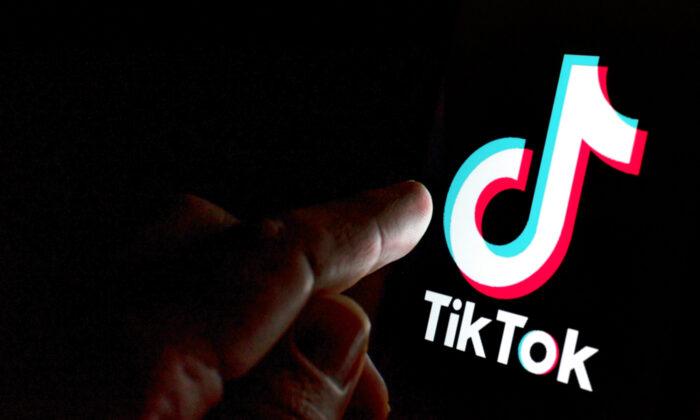Commentary
In February, just a few months after the U.S. Equal Employment Opportunity Commission sued Eli Lilly over alleged age bias, the American pharmaceutical company headquartered in Indianapolis found itself at the center of yet another age discrimination lawsuit.
A senior sales rep at Eli Lilly alleged that the company had been attempting to weed out older employees—by only offering promotions to their Millennial members of staff.
In an email to Fierce Pharma, Eli Lilly denied the allegations, insisting that it doesn’t discriminate “on the basis of age, race, color, religion, gender, sexual orientation, gender identity, gender expression, national origin, protected veteran status, disability or any other legally protected status.”
Eli Lilly may not discriminate on the basis of age, but plenty of corporations and individuals do. In fact, one could argue that of all the “isms” in existence, ageism is the only one that’s still considered fair practice. Although sexism and racism are still a problem, only a fool would argue that the United States is more sexist and racist than it was two or three decades ago. When it comes to ageism, though, the United States appears to be going backward.
In 2009, the United States had 39.6 million people aged 65 and older. By 2019, according to the Administration for Community Living (pdf), that figure had risen to 54.1 million, a 36 percent increase. By 2040, the United States is expected to have 80.8 million senior citizens. Whether we like it or not, we’re all getting older. The country is getting older. At the same time, ageism appears to be on the rise.
There are three types of ageism: institutional, interpersonal, and internalized. Interpersonal occurs when institutions perpetuate age-related discrimination through their actions, messaging, and policies. Interpersonal ageism occurs via social interactions. Meanwhile, internalized ageism is defined as a pernicious form of ingroup discrimination that sees older individuals discriminate against others of a similar age or apply ageist beliefs to themselves.
As the country gets older, millions of senior citizens are left with little option but to work well into their 70s. Considering workers in their late 30s are increasingly becoming victims of ageism, what hope is there for people twice their age? This is a serious question that has no obvious answers. When it comes to hiring and firing, older workers, we’re told, are almost always the last to be hired and the first to be fired. The United States, it seems, celebrates youth and punishes the aging process.
To compound matters, over the next decade, the Bureau of Labor Statistics estimates that the number of workers over the age of 75 is expected to increase by 96.5 percent. Twenty-seven years ago, 4.7 percent of the U.S. working population was over the age of 75; by 2030, 11.7 percent will be over the age of 75.
Is this a good thing or a bad thing? In truth, it depends on the individual. If they want to work and they possess the ability to perform effectively, then, rather obviously, they should be afforded the opportunity to find meaningful employment. However, if senior citizens are being forced out of retirement because they can no longer afford to pay their rent or put food on the table, then, yet again, serious questions must be asked. As I write this, more and more Americans over the age of 60 are finding themselves without a roof over their heads, left with no option but to live on the streets.
When it comes to ageist attitudes, social media, according to some commentators, can help stamp out the deleterious effects of ageism In truth, though, social media (as well as more traditional forms of media) is more likely to promote contempt for the elderly.
A fantastic piece published by the American Association of Retired Persons (AARP) outlines the many ways in which advertisements paint the elderly as selfish, clueless, and utterly useless. An “egregious example,” according to the piece, is “Dear Young People, Don’t Vote,” a 2018 ad, sponsored by Acronym, a Washington, D.C.-based nonprofit. The ad portrays older people as “selfish, uncaring, out-of-touch caricatures who are ruining the future through their lack of concern about the young,” according to AARP. The ad’s approach, note the authors of the piece, is “both divisive and derogatory,” not to mention disrespectful.
That AARP piece also discusses other ads replete with “depictions of buffoonish older adults who were forced to work jobs they did not want and were not competent to do because they hadn’t bothered to save for retirement.”
As bad as the ads are, they don’t have nearly as much reach or influence as an app such as TikTok. In a recent piece for Wired, Amelia Tait discussed the fact that TikTok, the most popular social media platform in the world, “isn’t just reinforcing pre-existing negativity around growing older; it’s also changing our definition of what ‘old’ means.”
In late February, noted Tait, the app introduced the Teenage Look filter, a tool that allows older TikTok users to, in the writer’s words, “transform into their younger selves.” Tait then discussed a video (viewed almost 16 million times) of a middle-aged woman tearfully greeting her teenage self. The video’s top comment? “I don’t want to grow old.”
Although people have always used the term “old” to refer to people older than them, historically, noted Tait, “this is something they would have said in private.”
Is it any surprise that millions of older Americans report feeling anxious, lonely, and depressed? Is it any wonder that an increasing number of senior citizens are committing suicide? Among those who attempt suicide, according to the National Council on Aging, one in four seniors will succeed, compared to 1 in 200 youths. Compassion for the elderly appears to be in very short supply. This is especially true on apps like TikTok.
Views expressed in this article are opinions of the author and do not necessarily reflect the views of The Epoch Times.





